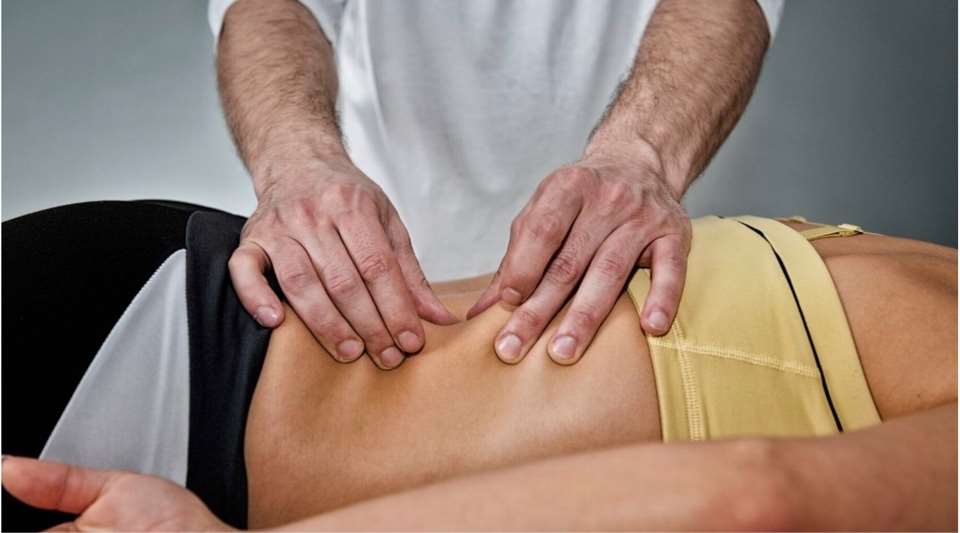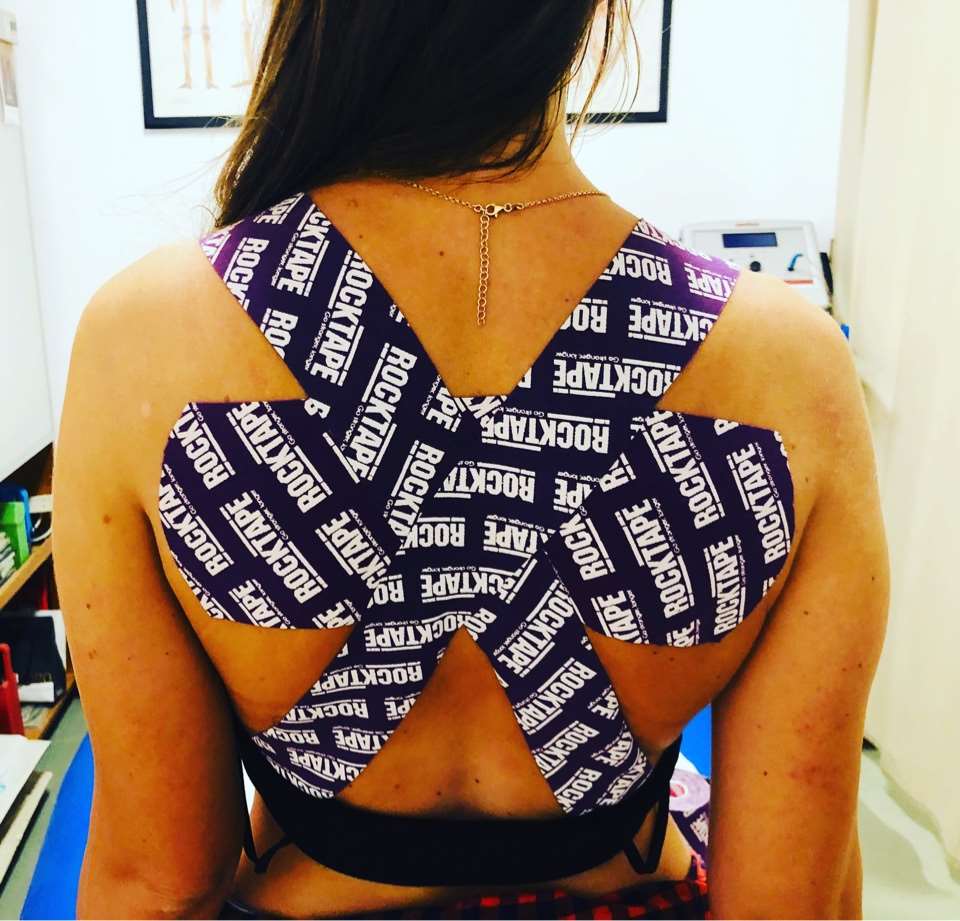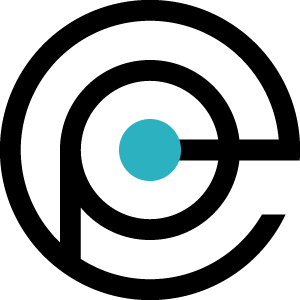What is fascia?

What Is Fascia?
Fascia is a connective tissue that forms a mysterious internal netting that looks very much like spider webs. Your fascia is made of dense, sticky protein fibers that weave continuously throughout the entire body, wrapping around and supporting your all of your cells, muscles, muscle fibers, bones, and even your organs.
Healthy fascia is normally supple, stretchy, and flexible, allowing it to slide and glide across muscles and around joints. Fascia can get stiff and sticky when you donít move around enough, but it can also get twisted and bound up when you move too much, do a lot of repetitive motion, or become injured.
Signs that your fascia may be stuck can include feeling stiff and creaky, popping joints, areas of sensitivity and tightness, chronic pain, reduced range of motion, and feeling like you are trapped in a “straightjacket”.
How Massage Therapy can help people with fascia restrictions.
1) Myofascial Release
There is great treatments to help and release fascia. You might have heard of it. Itís called myofascial release. Myofascial Release treats these symptoms by releasing the uneven tightness in injured fascia. During myofascial release therapy, the therapist locates myofascial areas that feel stiff or stuck, rather than elastic and movable under light pressure. Small areas of muscle are stretched at a time. The stretch is guided by feedback the therapist feels from the patientís body. This feedback tells the therapist how much force to use, the direction of the stretch and how long to stretch. The focused manual pressure and stretching used in myofascial release therapy help to equalize muscle tension throughout the body and loosen up restricted movement, leading indirectly to reduced pain.
2) Myofascial Cupping Release
Myofascial cupping is a soft tissue therapy that involves the application of decompressed cups on the skin, creating a vacuum effect that lifts up underlying tissues such as the fascia (connective tissue) and muscles, blood and other fluid, close to the surface of the skin. Myofascial cupping is typically applied on back, shoulder, neck, sacrum, hip, abdomen, legs and arms.
Using massage techniques, areas of muscular restriction and tension are located and myofascial cupping techniques are then applied by moving the cups in a gliding motion over the surface of the skin or, where fascial adhesion and trigger points are found, the cups may be left on specific areas for short periods of time to reduce or eliminate those adhesions or trigger points. Cupping therapy is still very effective even if the cups are not left in place for very long.
Most manual techniques are based on compression of the muscles and other tissues, such as deep tissues techniques, soft tissue mobilisation and joint mobilisation techniques, whereas myofascial cupping works by creating suction of the cup to produce negative pressure or tensile stress that causes dilatation and capillary rupture; this is what creates the reddish-coloured circles called ecchymosis or bruising, and the lasting effect of this is what is typically seen to be therapeutically beneficial. Cupping works by stimulating inhibitory neural pathways, altering pain thresholds, promoting blood circulation, relieving swelling and increasing tissue temperature. The myofascial cupping technique reduces discomfort in the target tissues and has been shown in multiple scientific research studies that it has good effect in relieving chronic pain and consequently improving a patients quality of life.
The Benefits of Myofascial Cupping
Myofascial cupping has many therapeutic benefits which include:
- Reduction in sympathetic nerve response and increased parasympathetic nerve response (relaxation effect on the body)
- Passively stretch soft tissues
- Draws blood from deep to superficial resulting in nourishing the skin by improving blood circulation
- Increase tissue temperature
- Reduce tension and adhesion in the tissues
- Preventing fibrosis (scarring), correctly align collagen and assist the reduction of localised inflammation and aids recovery by increasing nutrient during the repair phase of an injury (sub-acute phase)
- Drain lymph and cellular debris
- Separate layers of connective tissue to bring hydration and blood flow to body tissues Ė soften tight muscles
- Increase the range of movement and flexibility in joints
- Move stagnations of lactic acid and metabolic waste and enable normal lymphatic flow to promote healthy circulation to help strengthen the immune system
3) Kinesiology taping (k taping)
Kinesiology taping is based on myofascial balance that can release fascia and normalise fascia and muscle tension, enhance circulation, improve muscle function and range of motion and reduce pain significantly often in just one session.
K taping can also be applied by myofascial release technique which can help to reposition fascia and structurally change fascia, and correct fascia course. This is applied with the body part in a stretched position and the base of the tape with tension. The tails of the tape can be applied with tension or no tension depending on certain factors. The result of Myofascial taping can shift fascia, approximate fascia and bring about Myofascial release as can certain soft tissue Myofascial release techniques. It can also improve length in tissues that are tight and offload tissues that are painful and thus improve pain and increase range of motion. This process is used when there is too much tension on the muscle and fascia like a strain, spasm, short and tight muscles and pain.
K taping is an elastic, self adhesive and air permeable, water resistant tape with elasticity of 130% of its original length. It's hypo-allergic. It can be worn for up to a week.









